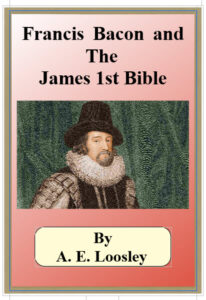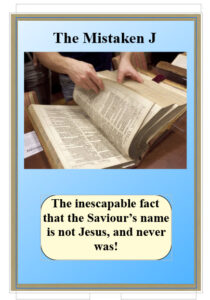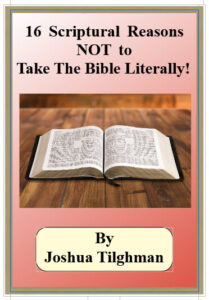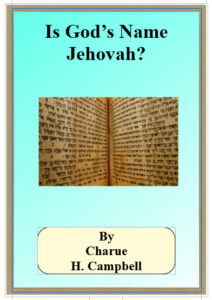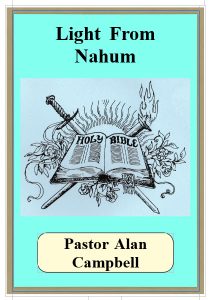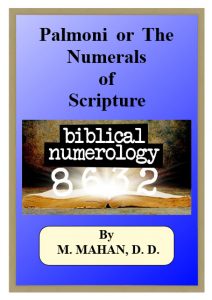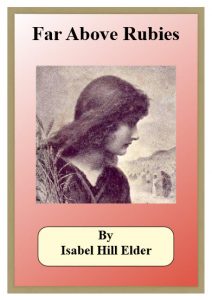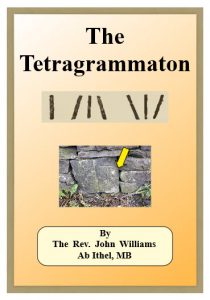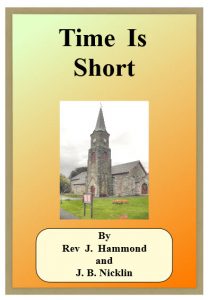
Scholars and the Second Advent
The following extracts are taken from “Notes of Recent Exposition” which appeared in the March 1953 issue of “The Expository Times”.
(pp. 161, 162)
WE WERE RECENTLY SURVEYING SOME OF THE MOST NOTABLE PUBLICATIONS in the last year or two– What struck us most vividly was not simply the renascence of eschatology but the revival of interest in what is commonly called “the Second Advent”.
Fifty years ago, or even less, our pundits took a different view. If they did not seek to get rid of the doctrine altogether on the ground that it was no part of the permanent message of Christ and His apostles, they skated over the subject in the most perfunctory manner.
Now, our theological leaders seem to be resolved that we take the idea very seriously indeed. Part of the reason for the renewed interest in eschatology is no doubt the fact that we have been living through apocalyptic times, when the very foundations of our civilisation have been profoundly shaken.
Part of the reason also is the fact that our New Testament scholars have proved that the apostolic gospel is shot through with eschatology so that the man who refuses the eschatological key cannot begin to understand it aright. And part of the reason is the fact that with the advent of the A and. (still more) the H bomb, the end of the world has become, for many minds, a live possibility. At any rate, our theologians are determined that as Christians we should give more serious thought to the ideas of the end of the world and the coming of Christ––
“Our ministers, so far from preaching often about the Second Advent, tend in choosing hymns to fight shy of those which sing about it–-“It appears to us, therefore, that one of the major theological tasks before the Church is that of rethinking the whole issue of Christian eschatology.
